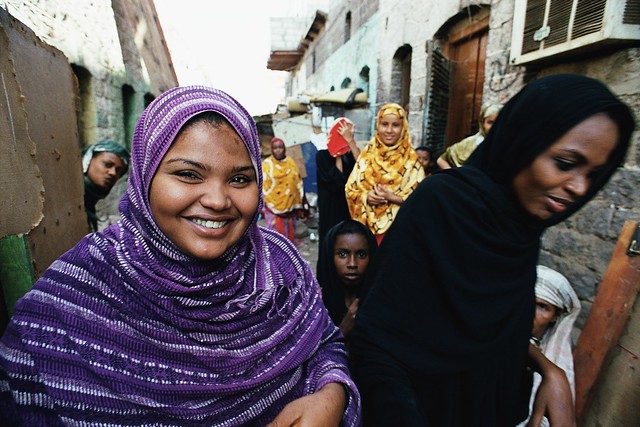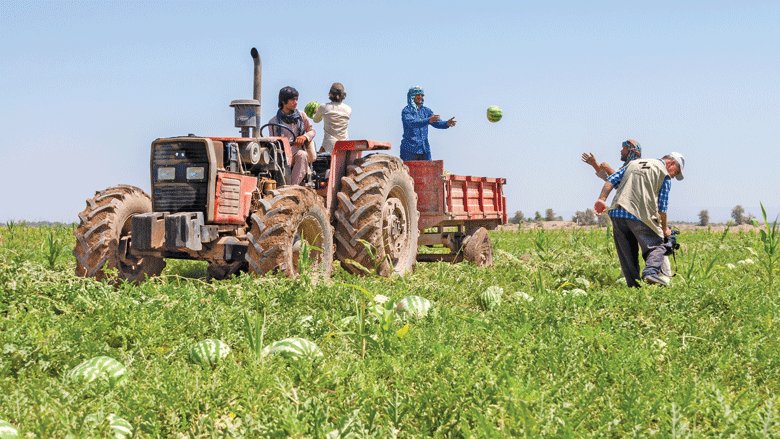Iran¡¯s economy is characterized by its hydrocarbon, agricultural, and service sectors, as well as a noticeable state presence in the manufacturing and financial services. Iran ranks second in the world for natural gas reserves and fourth for proven crude oil reserves. While relatively diversified for an oil exporting country, economic activity and government revenues still rely on oil revenues and have, therefore, been volatile. A new five-year development plan is under preparation. The previous plan for 2016/17 to 2021/22 comprised three pillars: the development of a resilient economy, progress in science and technology, and the promotion of cultural excellence. Among its priorities were the reform of state-owned enterprises and the financial and banking sectors, and the allocation and management of oil revenues. The plan envisioned annual economic growth of 8%.
External shocks, including sanctions and commodity price volatility, caused a decade-long stagnation that ended in 2019/20. The large contraction in oil exports placed significant pressure on government finances and drove inflation to over 40 %for four consecutive years. Sustained high inflation led to a substantial reduction in households¡¯ purchasing power. At the same time, job creation was insufficient to absorb the large pool of young and educated entrants to the labor market.
Over the last two years, Iran¡¯s economy has started to rebound, supported by a recovery in services post-pandemic, increased oil sector activity, and accommodating policy action. Economic activity has also adjusted to sanctions, including through exchange rate depreciation which helped domestically produced tradable goods to become price competitive internationally. The decline in oil exports has prompted additional processing of crude oil and hydrocarbons that have then been exported as petrochemicals. Under sanctions, trade has pivoted further towards neighboring countries and China, and bilateral currency exchange, barter, and other indirect payment channels are increasingly used to settle international transactions as most assets abroad have become inaccessible due to sanctions. The government expanded cash transfers and subsidies to mitigate the impact of high inflation on welfare, but this also added to fiscal pressures as most interventions were not sufficiently targeted.
Iran faces intensified climate change challenges, including from severe droughts, which are restricting agricultural production at a time when global food prices and food insecurity are on the rise. While higher oil prices, due to a recovery in global demand and the war in Ukraine, have raised oil export revenues, higher prices of other commodities, including food items, have significantly increased the import bill. This increase poses additional strain on government finances as direct food price subsidies stood at 5 %of GDP even before the recent price surge.
In the medium term, GDP growth is expected to be modest if economic sanctions remain in place. Weaker global demand and new competition from Russian discounted oil exports to China are expected to moderate Iran¡¯s oil sector expansion. Domestic demand will also be affected by the negative impact of high inflation on consumption and investment. The current account balance is forecast to remain in surplus over the outlook period, supported by higher oil prices and non-oil exports; a more costly import bill due to higher import prices will nevertheless limit the surplus. The fiscal balance is projected to benefit from the gradual upward trend in oil exports, but the budget deficit is expected to remain above pre-sanctions levels. Inflationary expectations, foreign exchange pressures, and deficit monetization are expected to keep inflation elevated, albeit gradually declining over the outlook period.
Risks to Iran¡¯s economic outlook remain significant. Intensified climate change challenges such as more frequent floods, droughts, and dust storms, as well as energy shortages could significantly impact the economic outlook. These challenges coupled with the recent inflationary pressures could add to pressures on the most vulnerable and pose a potential risk of social tensions, particularly since modest growth is expected to generate limited job opportunities. Other downside risks relate to renewed COVID-19 outbreaks, further deceleration in global demand, and increasing geopolitical tensions if the Joint Comprehensive Plan of Action Vienna talks were to fail. On the upside, the projected growth outlook could be significantly stronger if economic sanctions were to be removed. Higher oil prices could also improve fiscal and external balances further.
Last Updated: Oct 20, 2022





